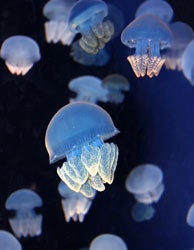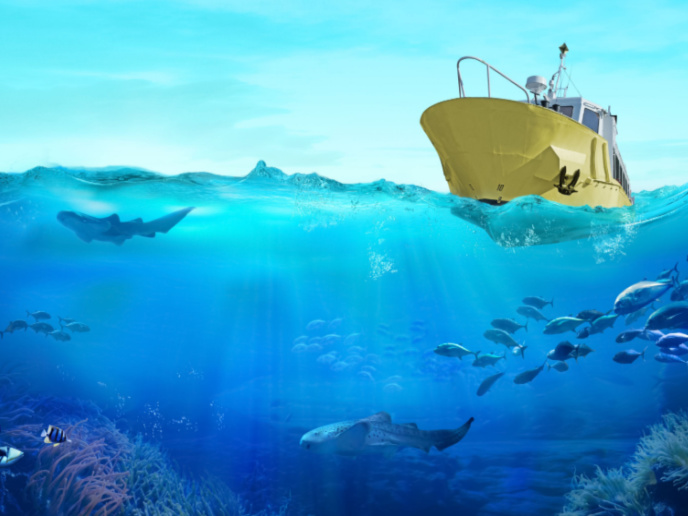Improving our understanding of jellyfish blooms
Most jellyfish are, in general, harmless inhabitants of the sea. Yet, when their numbers multiply out of control during blooms, they can become a real threat to the surrounding ecosystem. Given the economic importance of coastal regions to the fishing industry, including aquaculture, tourism and other industries, protecting these areas against outbreaks is imperative. Ten different universities and research institutes from seven different EU Member States gathered in the framework of the EUROGEL project to address this concern. The Consejo Superior de Investigaciones Científicas (CSIC) led the development of an extensive database of all known jellyfish outbreaks occurring in coastal lagoons, which are particularly vulnerable ecosystems. Data was collected from all over the world, from the Caribbean to Australia and back to the Mediterranean. CSIC enriched the database with information, not just about the outbreak, but about observed environmental parameters that could have triggered the event. They found that the variety of jellyfish species associated with blooms is on the rise. Human influence on the coastal lagoon is also an important factor. By assembling data for all known events into one central database, CSIC has greatly facilitated future research in this field. It is hoped that through analysis of the contents of the database, academics will have a more thorough understanding of the dynamics involved in jellyfish outbreaks. The next step will be to develop predictive tools and measures to avoid or at least lessen the negative impacts of blooms.







